If your Gateway laptop won’t turn on, static buildup is likely to blame and you’ll need to power drain your device. Start by turning it off and unplugging it. Then remove the battery and press and hold the power button for 60 seconds. Finally, reassemble and restart the laptop.
When I personally encountered this issue, I ran through the 7 total troubleshooting steps detailed below.
I’ve intentionally ordered these steps from the most to least likely to fix the issue. So for the quickest results, I recommend following along in this exact order.
Step 1: Power Drain Laptop
Performing a power drain for laptop models with an external battery is unquestionably easier.
With the device turned off and unplugged, simply unclip and remove the battery. Then press and hold the power button for 60 seconds. Then put the battery back, plug the laptop back in and turn the power on.
If your laptop has an internal battery, you’ll need to follow the detailed steps below.
Ground Yourself
Before getting started, you will need to learn how to properly ground yourself to avoid destroying your laptop with an electrostatic charge.
Remove Bottom Base
Ok, we are ready to open up your laptop. Again, it is critically important that your device is off and unplugged.
With the backside of your laptop facing up, start removing all of the screws.
The total number of screws and their specific placement will vary depending on your model. It’s worth noting that a screw or two may be located behind a sticker.
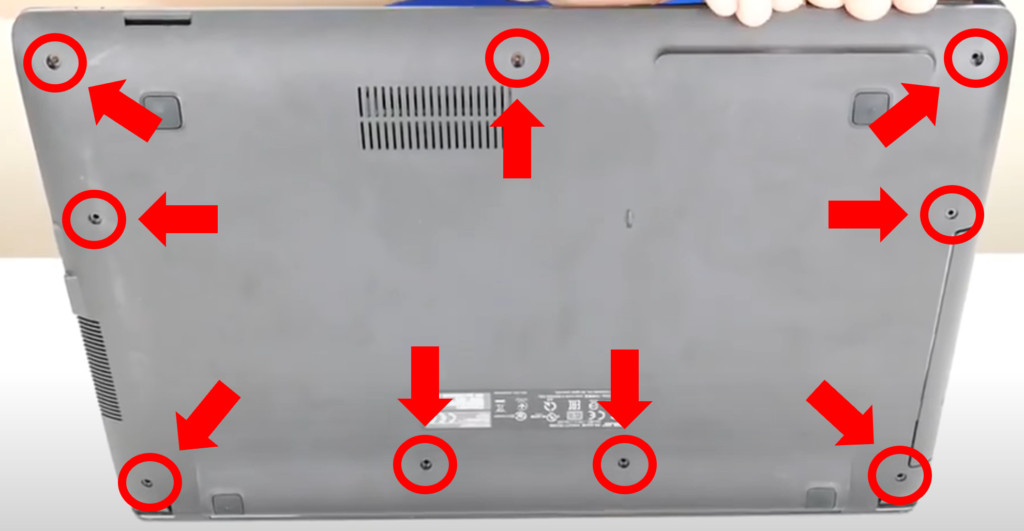
If you are struggling to locate them all, you can use the Gateway manual lookup for guidance.
With all the screws taken out, slowly start to remove the bottom base.
I found that one of the best ways to do this is to insert a credit card between the top and bottom case and run it along all four sides. Eventually it will pop open.
Whatever you do, DO NOT use a metal object as your wedge. Ideally you can find something thin and plastic.
Do not start to immediately pull the laptop apart. Depending on your laptop model, either the bottom case or the palmrest will come off.
Should the palmrest come off, you will also notice several ribbon cables connecting the palmrest to the motherboard.
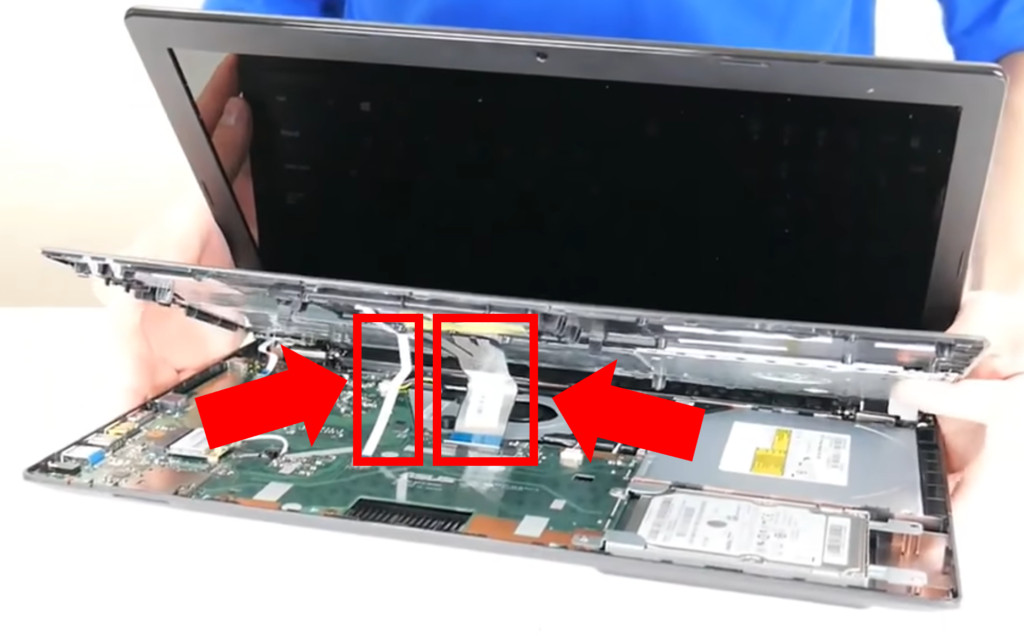
By moving too quickly or aggressively, you might accidentally damage these ribbon cables. Use your plastic pry tool to lift up the ribbon cable port clips and remove them prior to removing the case.
Remove Battery
With the case removed, the battery is now exposed and accessible.
For most Gateway models, the battery just sits on the motherboard port and can be removed by lifting it straight up.
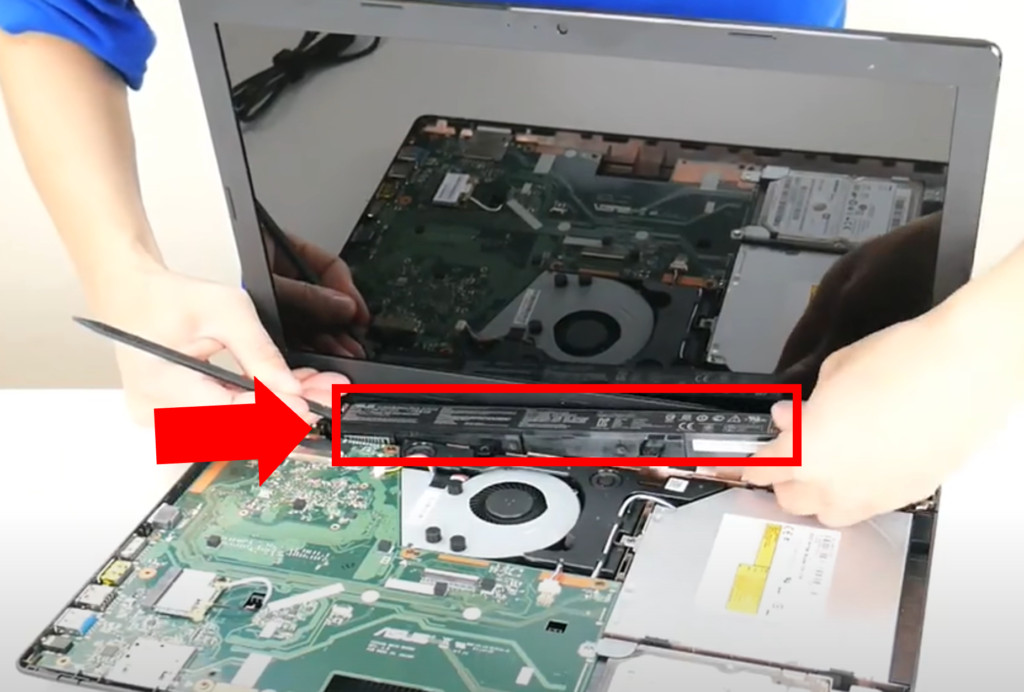
In some cases though, a screw or two may be securing the battery to the motherboard. There may even be a wire connection from the motherboard to the battery.
Just remove any additional screws and detach the wire as needed before popping out the battery.
Flush Excess Power
Once you have the battery out, flip the laptop over and open the screen.
If the laptop palmrest came off when opening the case, you’ll need to first reattach your power button by connecting the ribbon cable from the keyboard case to the motherboard.
With the laptop still turned off and unplugged, press and hold the power button for 60 seconds.
You will not visibly see anything happen during this minute, but rest assured that any excess power is being flushed out.
Reassemble Laptop And Reboot
Ok, you did it! Now reverse the above steps to put the laptop back together. Once you turn the device back on – your device should be back up and running!
It is worth emphasizing that there are a ton of different causes of laptop static build up.
If this issue keeps happening, you should consider getting a new power adapter, battery, or surge protector.
Step 2: Troubleshoot The Charger
Performing a power drain won’t work for everyone. In some cases your battery or your charger is to blame.
To check if the battery is the culprit, turn off the laptop, unplug the power adapter and remove the battery. Press the power button for 60 seconds and then reinsert the battery.
Attempt to turn on your laptop using JUST the battery.
If the laptop turns on, you can rest assured that the battery and laptop are functional.
Great news overall! But, the bad news is your charger is likely fried.
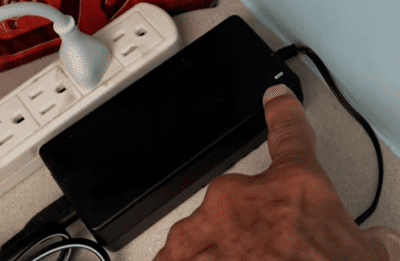
Something that’s really cool is the laptop knows when it is connected to a battery that’s going bad. It uses this information to automatically prevent itself from turning on. By doing so, the damaged battery won’t permanently damage the motherboard.
All that’s left to do is locate or purchase a replacement charger and give it a try!
Step 3: Troubleshoot The Battery
So what if static build up isn’t the cause and the charger is working just fine? It’s likely the battery is bad.
Let’s test it! Once again, remove the battery, and hold the power button down for 60 seconds.
This time, DO NOT reinsert the battery. Instead plug the charger back in and try to turn the laptop on.
If your Gateway powers up, you now know the battery is no good!
Buying a new battery should do the trick.
Step 4: Inspect RAM Sticks
Computer random access memory (RAM) plays a really important role in your PC’s overall performance and speed.
Information that is used frequently is stored on RAM on a short-term basis for quick access. This rapid retrieval of information by the RAM enables your computer to perform its every day tasks.
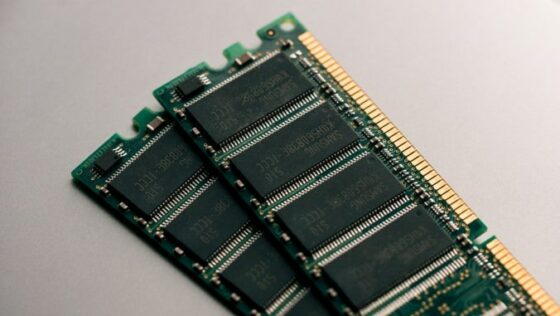
So it’s no surprise that faulty RAM can prevent the motherboard from properly communicating, which in turn can prevent your laptop from turning on.
RAM fails for all sorts of reasons including overheating, fault connection, extreme voltage levels, or physical damage.
Fortunately, there are two easy ways to fix and test your RAM sticks.
Remove and Reinsert RAM Sticks
It is possible your Gateway won’t turn on because your RAM sticks are not making a proper connection.
With your device off and unplugged, remove the bottom base to expose the RAM compartment. For some models, you may also need to pull the battery out to access the RAM.
Now, fully remove the RAM stick(s) and reinsert them securely into their respective seats to ensure a proper connection.
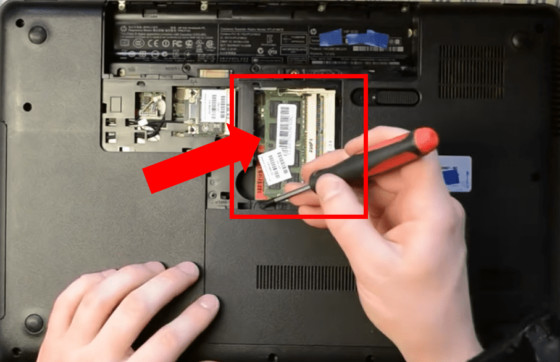
Resemble your laptop and try starting it up. You should be back up and running!
If your model has more than one RAM stick, be sure to also reorder them. You should also try rebooting your laptop after reinserting one RAM stick at a time.
Windows Memory Diagnostic Test
Once the issue is fixed, I highly recommend testing the sticks for any faults.
In order to check the health of your newly reseated RAM sticks we will run a Windows Memory Diagnostic Tool.
To run the test, type Windows Memory Diagnostic Tool into your search bar and click on it. Next, select Restart now and check for problems.
Once your laptop has restarted, a RAM diagnostic report will appear.
If no issues are uncovered then you are all set and no further action is needed. On the other hand, if there are faults discovered you may need to purchase a new RAM stick.
Step 5: Remove And Reinsert The CMOS Battery
A system board failure is yet another possible cause.
The issue here is specifically with your Embedded Controller, which may be timing out waiting for the BIOS to return from system board initialization (“end of POST”).
The fix for this is relatively straight forward – simply remove the CMOS battery from the motherboard.
This action will reset your BIOS and sets it back to its previous configurations which can often fix a lot of different issues.
Going through all the necessary steps as previously described, disassemble the back casing of your laptop and remove the CMOS battery from the motherboard.
Hold down the power button to drain all excess remaining power.

Allow at least 10 minutes to pass and then reinsert the CMOS battery back into your laptop. Finally, reboot your computer and check to see if your problem has been resolved.
Depending on your model, accessing your CMOS battery can prove very challenging. You can use the Gateway laptop manual lookup to find exactly where your CMOS battery is located.
In some cases, it may be best to head over to your local PC repair shop for support.
Step 6: Clean Or Replace Cooling Fan
While less likely, there may also be an issue with your CPU or GPU due to overheating.
One easy way to know your laptop is running too hot is if you hear the fan running all the time.
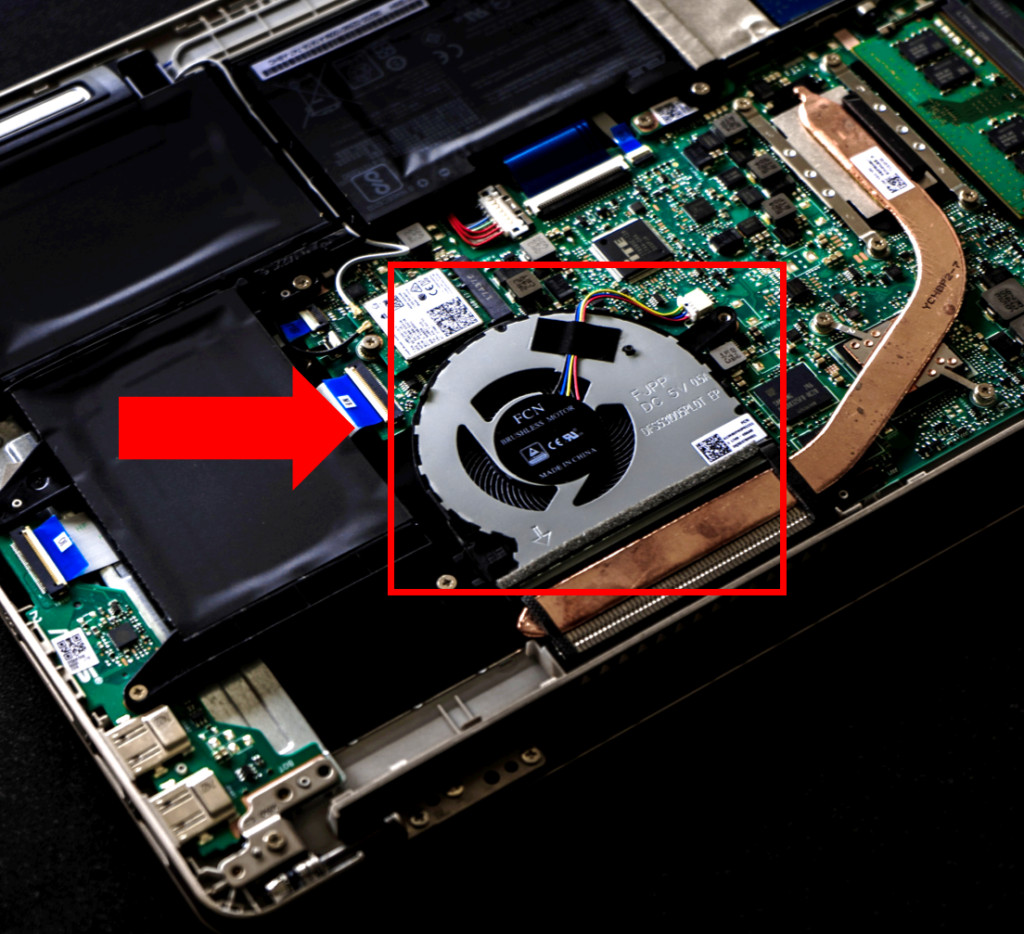
In most cases it is your central processing unit (CPU) or the graphics processing unit (GPU) that will overheat the MOST. This will cause your laptop to not turn on properly.
To fully fix an overheating issue, you need to fix your laptop’s internal cooling.
The very first step is to clean the internal fan. Overtime a significant amount of dust can accumulate onto your laptop fan, causing it to underperform.
To fix this you will need to once again remove the case from the bottom of the laptop.
As previously mentioned, first, turn off the laptop, unplug it and remove the battery. Make sure to ground yourself and then unscrew the bottom case and remove it to expose the fan.
With a cotton swab and some isopropyl alcohol, carefully clean the cooling fan. Be sure to also clean the exhaust port on the case that allows air to flow in and out of the laptop.
Wait approximately 30 minutes to allow the isoporpyl alcohol to fully dry.
Once dry, resemble the laptop and attempt to turn your laptop on.
If the issue remains, you may need to replace the cooling fan or purchase an external cooling unit for your laptop.
Step 7: Perform BIOS Recovery
Lastly, if all else fails, it is likely your Gateway laptop won’t turn on due to a BIOS chip or BIOS firmware corruption issue.
You may also hear a beeping sound that will occur. Additionally, depending on your Gateway laptop model, certain keys may light up unexpectedly.

At startup, the very first thing your computer does is boot the BIOS, a type of firmware located on the motherboard. The BIOS firmware then configures your hardware at which point your hard drive takes over.
That’s what’s supposed to happen. BUT, sometimes your BIOS firmware can become corrupted. There are various reasons for why this can happen:
- Your PC’s flash memory is failing
- Interruption of a BIOS update
- A computer virus
In other cases, your BIOS chip itself can fail due to overheating, too much voltage, or random cosmic ray interactions.
Regardless of the reason, a failure of the BIOS chip or firmware means that this “handover” to your hard drive cannot take place. Hence the reason you are staring at a black screen!
Built-in BIOS Recovery Function
First, let’s determine whether or not your specific Gateway laptop model has a built-in function for BIOS recovery.
To test this, start by turning OFF your computer by holding the power button for about 10 seconds. You will know your laptop is off when the lights stop blinking and your laptop fan comes to a stop.
We are going to try two different BIOS recovery keys:
- “F1”
- “F2”
It is important to HOLD DOWN each of these keys BEFORE and DURING your attempts to turn ON your Gateway laptop.
If this does not work, you should also attempt repeatedly tapping these keys prior to and during laptop start up. Additionally, between each key attempt be sure to power down your laptop PRIOR to trying a new key.
Conclusion
So you went to power up and your Gateway laptop’s not turning on? Don’t panic! Follow these seven troubleshooting steps in order:
- Power drain laptop
- Troubleshoot the charger
- Troubleshoot the battery
- Inspect RAM sticks
- Remove and reinsert the CMOS battery
- Clean or replace cooling fan
- Perform BIOS recovery
For some folks, these fixes simply won’t work. If you are still struggle to solve the problem, you might want to review you Gateway warranty policy.
You can also contact Gateway customer support via chat or by phone at 1-877-777-0649.

Chelsea Ashbrook is a Senior Manager of Corporate Digital Experience at Genentech. Chelsea received her B.A. from the University of Connecticut and has spent the last 11 years working in the technology field.


I tried this and it came on first try. Thank you for letting us know about this.